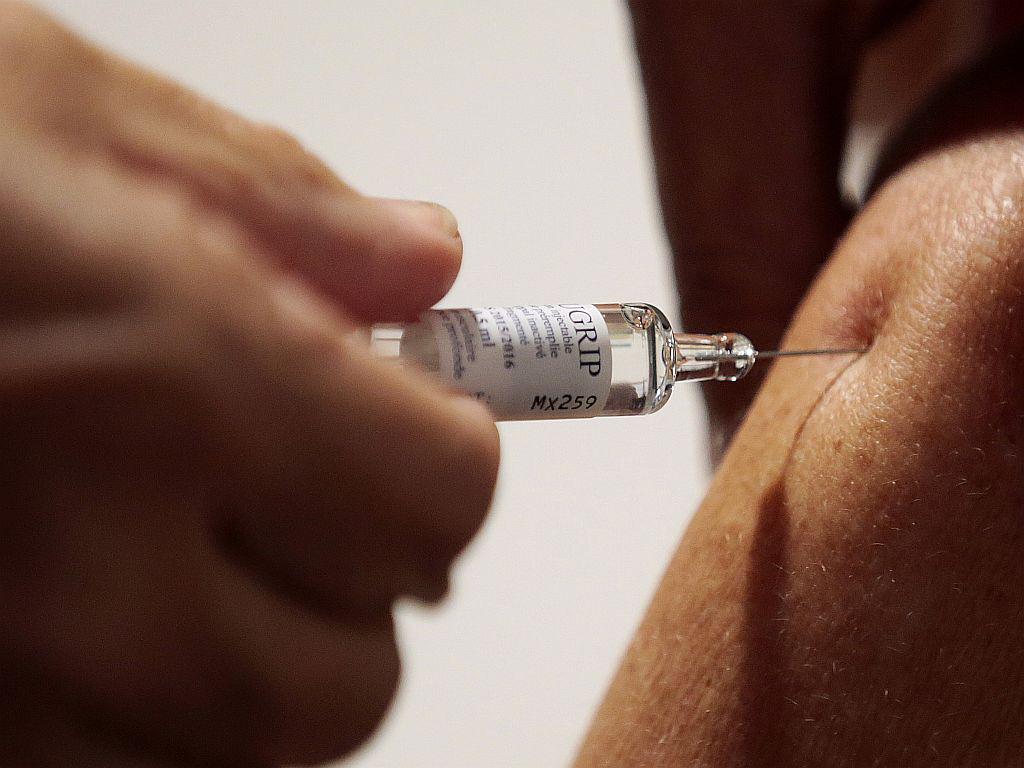
In a public statement, NIJZ representative Eva Grilc explained that 97,000 vaccinations have already been used this flu season. Last year, 62,000 people – about three percent of the population -- received the shots. The vaccination rate last year was somewhat higher in the over-65 category, in which 10.5 percent of the population received flu shots.
Because of this year's higher vaccination rate, some medical providers have already run out of vaccines and had to order new shots from NIJZ. Those who had submitted their orders by Wednesday already have them, explained Grilc. Those who ordered them today will receive the vaccines from NIJZ as soon as possible.
Every day, 1300 vaccines have been made available
On Thursday, NIJZ reported having 2300 vaccines in stock. In recent years, 1300 vaccines have been issued every day. Grilc believes that NIJZ has enough vaccines to fulfil the orders over the next few days.
Meanwhile, NIJZ is studying the possibility of ordering additional vaccines from the supplier. However, Grilc could not answer how long the delivery would take and when the Slovenian public would have access to the new vaccines.
Nothing remarkable about this flu season
According to Grilc, there is nothing remarkable about this flu season, which is also comparable to the flu season in other European countries. The number of cases is increasing, while both type A and type B viruses are spreading, with type A being by far the predominant type. Both subtypes of type A – H1N1 and H3N2 – are present.
Grilc believes that there are many reasons why more people have decided to get flu shots this year. One reason could be the "lesson" taught by last year's flu, which was severe and caused many older people and patients with chronic diseases to get hospitalized more frequently.
Grilc added that there is still time to get a flu shot. People usually get their vaccinations by late February.

































































